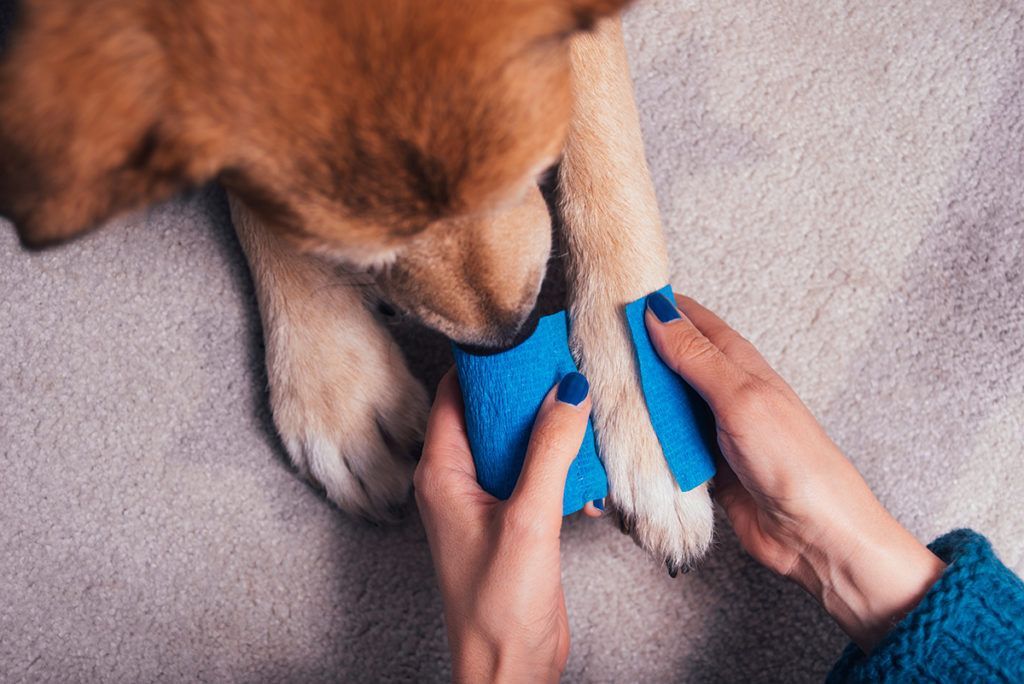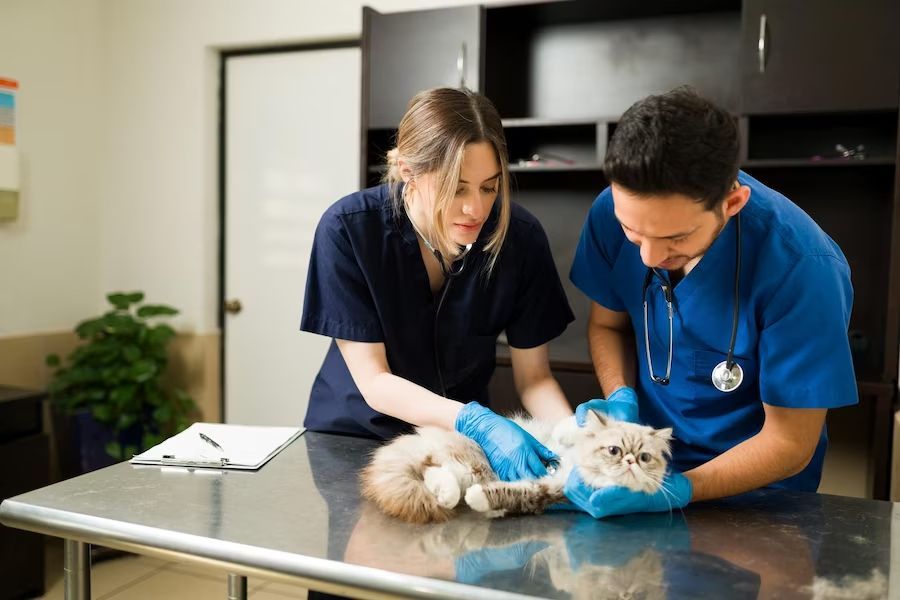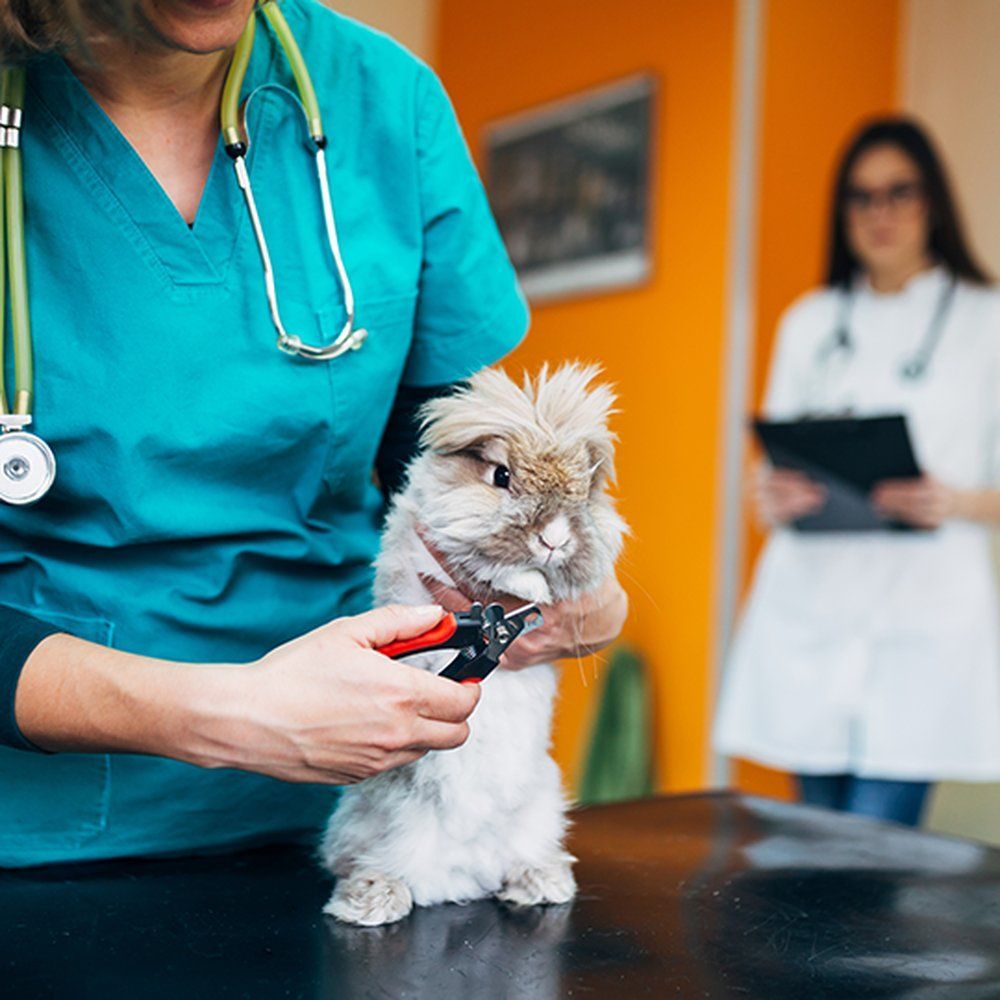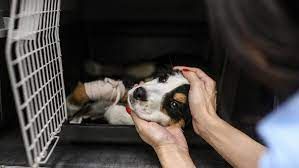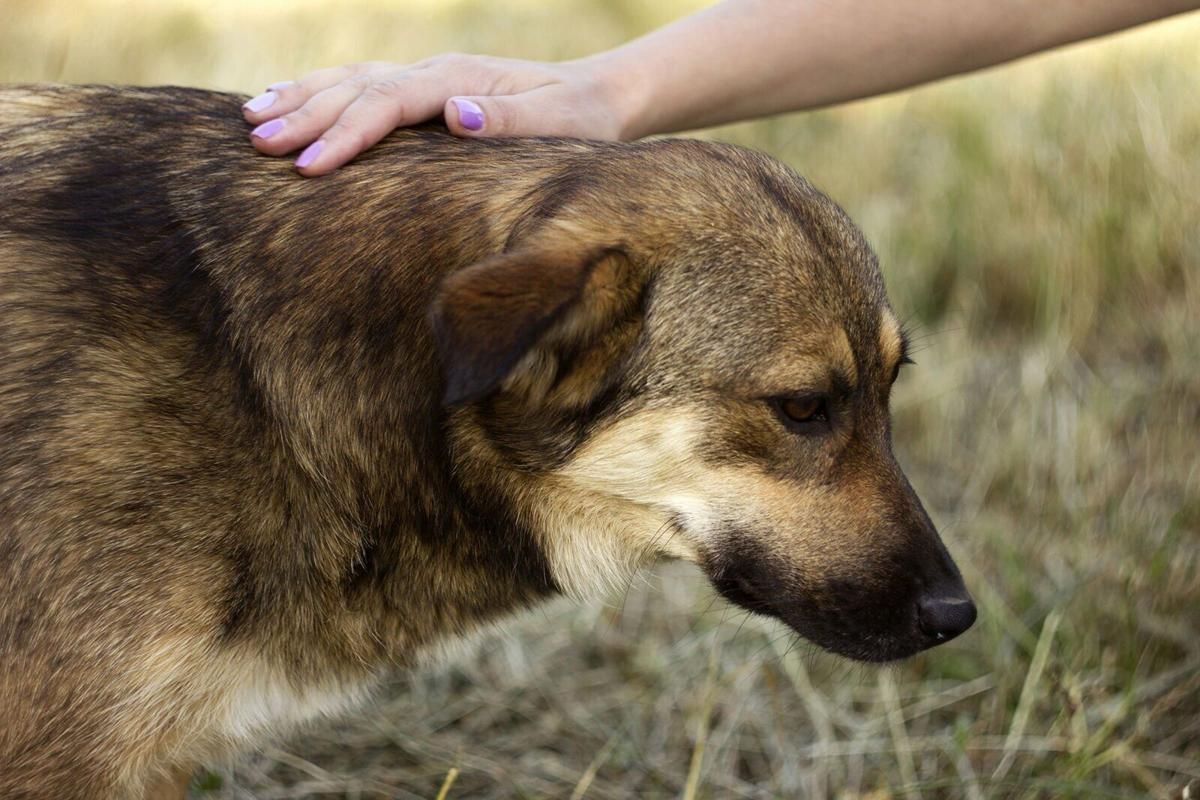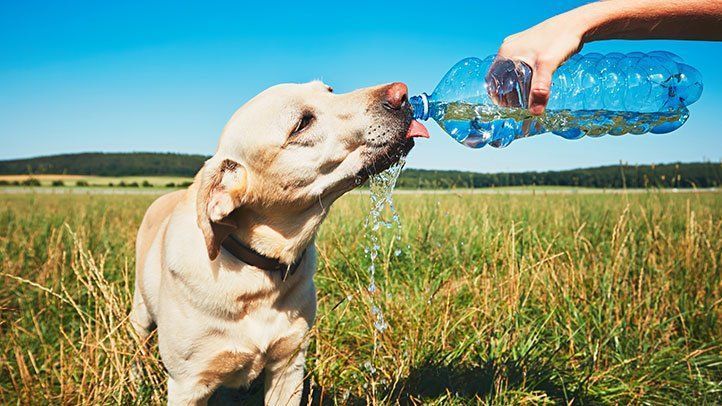How to Tell Your Pet’s Age From Its Teeth
Do you know your pet’s age? If you adopted your furry friend, his or her age may be a mystery. Fortunately, a quick look in your pet’s mouth can help you narrow down a general age range.
Puppies and Kittens
Incisors, the pointed teeth used to tear food into bite-size pieces, usually appear at two to four weeks of age for cats and four to six weeks for dogs. These teeth are only temporary and will be replaced with permanent incisors very soon. At three to four weeks, baby canine teeth appear in both dogs and cats. Canines are the fang-like teeth that appear in the top of the mouth. At four to six weeks, baby incisors and premolars will appear in dogs, and baby premolars will appear in cats. Premolars are located at the back of the upper and lower mouth and are used to grind food.
By the time your puppy or kitten is just two months old, all of his or her baby teeth will have erupted. During the next 10 months, the baby teeth will gradually be replaced with permanent incisors, canines, premolars, and molars. Don’t be surprised if you find some of these baby teeth around your home. At age one, most puppies and kittens have white teeth with no signs of wear.
Adult Dogs and Cats
From age one to two, your cat or dog may begin to look a little yellow, and tartar may appear. Plaque turns into tartar, a hard brown deposit, when it remains on the teeth too long. Daily tooth brushing reduces plaque and prevents it from becoming tartar. Regular dental cleanings at the veterinarian’s office will rid your pet’s mouth of both plaque and tartar and reduce the risk of developing gum disease and tooth decay.
Tartar may continue to build up during the next several years, and you may notice that your pet’s teeth have begun to show a little wear. Wear and gum disease are more common when your dog or cat is between the ages of five and 10. Elderly pets may eventually lose teeth due to tooth decay or gum disease, and their teeth may show considerable wear.
Determining age by the condition of the teeth isn’t an exact science. Some breeds – like pugs, Yorkshire terriers, greyhounds, poodles and Maltese dogs – are more likely to experience dental disease or may lose baby teeth later than normal.
Other Ways to Estimate Your Pet’s Age
If you’re not quite sure of your pet’s age, paying attention to a few other signs may improve your estimate, such as:
- Coat Color. Just like people, some pets turn gray as they age. Some dogs or cats may become gray as young as five years old, depending on the breed, while others will only have a few gray hairs at age 10 or older.
- Physical Condition. Older dogs and cats are more likely to develop arthritis in their hips and legs as they get older. Although arthritis can also occur in younger pets, your cat or dog may be more likely to be a senior citizen if he or she walks stiffly (particularly first thing in the morning), limps, has difficulty jumping or managing stairs, no longer likes being touched or becomes tired easily.
- Mental Function. Your pet’s behavior may change if he or she develops dementia as a part of aging. Common symptoms include disorientation, a change in normal sleep/wake times, housetraining accidents, personality changes and increased fatigue.
- Eye Changes. When your pet is middle-aged or older, you may notice that his or pupils are covered by a blue haze. The condition, called lenticular sclerosis, doesn’t require treatment and doesn’t interfere with your pet’s vision. Age may also be a factor in cataracts, which occur when the lens in the center of the eye becomes clouded. Cataracts do interfere with vision and can be removed if they cause significant problems.
No matter what your pet’s age, regular veterinary examinations are the key to ensuring your furry friend’s good health. If it’s time for pet’s annual visit, or you’re concerned about a health issue, contact us to schedule an appointment.
Contact with your local vet for the best advise
Resource Center
